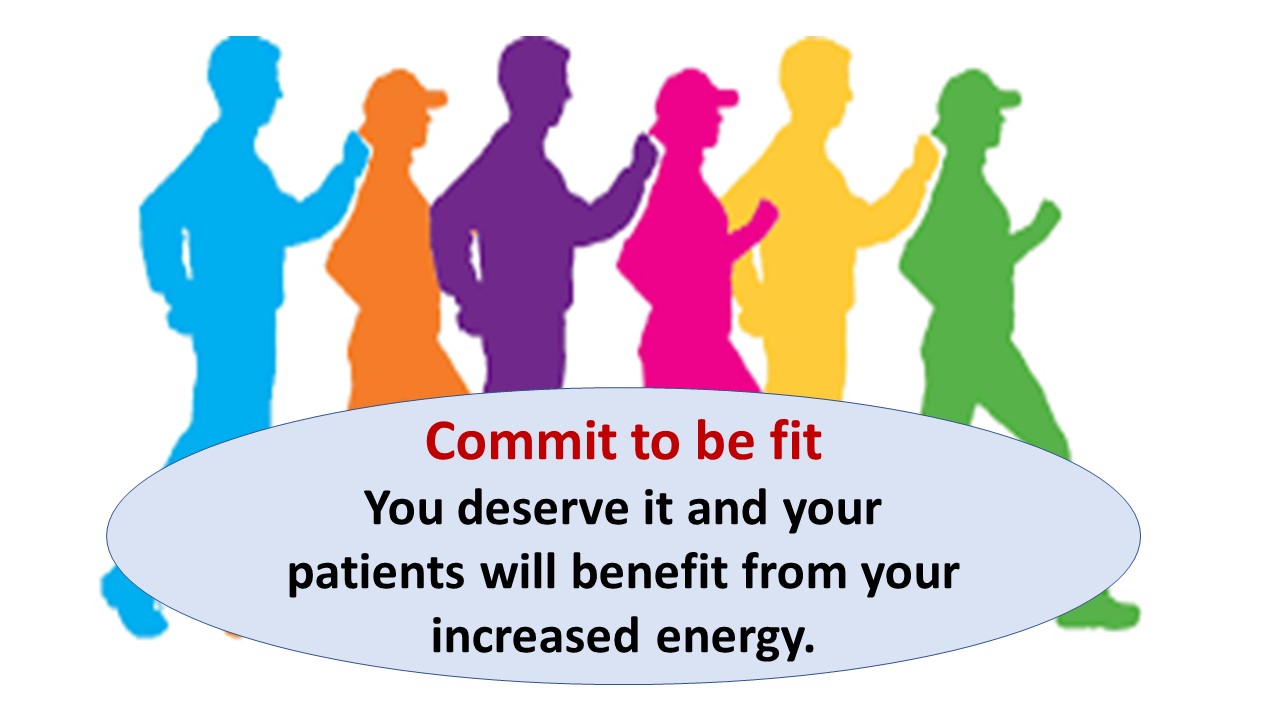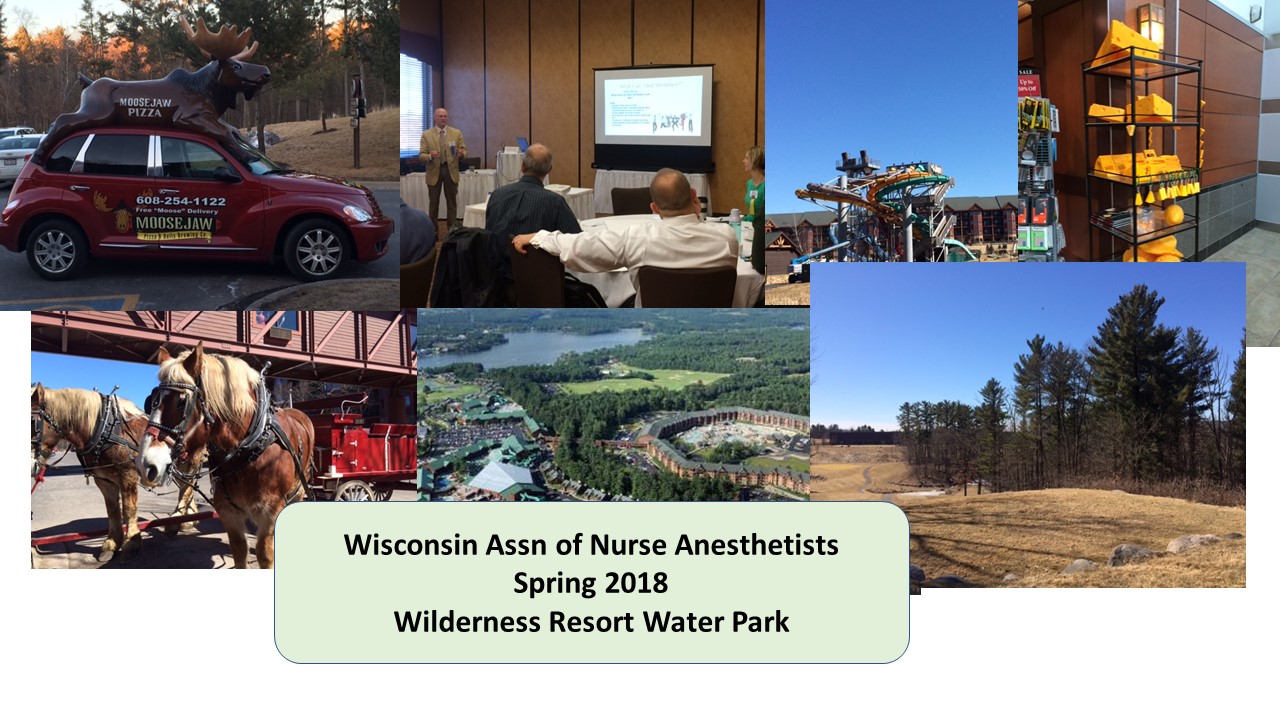By Liz Sanner Davis, certified personal trainer
A friend and I exchanged this text talk on January 1. “After the fireworks…back to normal – normal food, normal exercise, normal normalcy.” “Ha! Define ‘normal.’”
We laughed, of course, because, after all, what really is “normal food and exercise?”
Following all our joyful noise and fa-la-lollies, we agreed that perhaps we should redefine it.
Based on one’s intended lifestyle, normal simply isn’t the same for everyone. It can’t be. Your co-workers, John and Jill, have three children to consider, Emily and her spouse have hefty commutes, Cheryl has live-in elderly parents and Damont is the only unencumbered single male. But they have one thing in common. They work outside the home in the healthcare profession. Their normal is defined around their jobs.
Make nutrient-dense food and regular exercise ‘who you are’
and not just ‘something you do.’
Results from research on the positive impact of exercise completed by multiple healthcare, business and fitness professionals are very convincing. Harvard Business Review concluded several years ago that “incorporating regular exercise into your routine” improved concentration and prolonged mental stamina while lowering stress. A current impact-of-fitness study by Leeds Metropolitan University in England suggests that the level of focus and efficiency in the fit worker creates the extra time needed for going to the gym in the first place. Becker Hospital review names numerous hospitals in its list of 100 great places to work in healthcare based on their onsite fitness facilities. In addition, hospital studies regarding the effect of unfit, unhealthy employees on the bottom line of their organization’s budget, support the concept that providing for employee fitness pays significant dividends for both employee and employer. From the employee’s perspective, the professional reasons to get fit are many.
You will be sick or injured less often if you take care of yourself by exercising and eating a plant-based nutrient-dense diet. Although there is secondary gain when you are ill, there are personal risks for developing chronic conditions, risks to your coworkers who don’t want to get sick and further risks for patients who are already sick. People who take good care of their total wellness are able to work, they feel like working and their personal performance has greater potential for being optimal.
Your physical strength and endurance are greatly enhanced by being trim and fit. In a fast-paced clinic where every second counts, the fit employee can bend, lift, carry, push and pull quickly and efficiently without causing patient or personal injury in the process. Some applications for anesthesia jobs specifically state the requirement for an applicant to be able to safely lift and carry patients and equipment. If you have a sedentary healthcare job in which you rarely need to bend from the waist, more’s the pity, because without staying trim and fit, soon you won’t be able to.
Personal Appearance is more convincing and comforting to patients and coworkers when you look and feel rested, energetic and fit. And don’t believe for a moment that in this world of social change and cultural acceptance, one’s appearance gets a pass. It doesn’t. Who can take you seriously if you’re a healthcare worker who is unhealthy by choice? It isn’t incumbent on the patient to suspend disbelief in the care rendered by an obese nurse or physician whose presentation reflects a preference for unhealthy self-care. The patient needs the reassurance provided by a dedicated healthcare worker who has a healthy BMI to accompany their competence. Both play a role in your profession.
Working, and working with you, will be pleasant. Scrooge wasn’t just cheap, he was ornery, and ornery is neither inspiring nor fun. A great job in a name-brand hospital that can boast glass breaking research and a to-die-for benefit package will not, all by itself, make you pleasant to be around. It is true that a stellar work situation offers a lot to make you smile, but cap that off with the deep body glow you radiate after working out and eating a fresh peach before arriving at work, and everyone around you will want to be there, around you. Regular exercise and a diet that fuels your disposition bumps up stellar to superior.
You’re the face of the organization. The status and stature of the organization within the greater community and beyond is confirmed by stats provided by patient satisfaction based on both the medical outcome and overall experience. While carefully avoiding any mention of the staff’s physical attributes or deficits, the plethora of patient-satisfaction surveys always include questions regarding friendliness of staff, willingness of provider to listen, advice from the provider for staying healthy, amount of time spent with the patient and overall care. Those answers are affected by the healthcare team’s individual and collective level of wellness, general disposition, physical ability to do the job with ease and by being fully engaged and consistently on the job; all of those positive behaviors and interactions are a direct result of the food, fitness and overall healthy habits that you practice. As well, though your benefits likely include sick days in one form or other, you’re not entitled to abuse yourself and, thereby, cost the organization. The corporate budget suffers when employees are absent, chronically ill or if dissatisfied patients choose to get their care elsewhere. Your definition of normal food and normal exercise is rooted in your respect for yourself and for your organization.
What you have to do and the way you have to do it is incredibly simple. Whether you are willing to do it is another matter. ~ ~Peter Drucker
Some suggestions for how to get that deep-body glow at work
- Drink water during or between cases – 8-10 measured glasses a day and spread them out if you possibly can. Your body will adjust quickly to the new volume because exercise strengthens all muscles including those that control bladder urgency. Coffee, however, doesn’t function like water and isn’t included in the count.
- Stretch during breaks. There are a dozen different ways and times to stretch at work; bend slowly to touch toes once between each patient; stand against the wall and shrug or do one or several arm circles overhead and meditate simultaneously; do a few simple squats, bent-knee leg lifts, side to side neck rotations; do slow isometric rows by squeezing scapulae only. Get even more active on longer breaks by jogging down one set of exit stairs and lunging back to the top. During lunch several sets can be done on stairs or down a quiet hallway. Bonus tip: Stretching can and should be done at the back of an airplane during a long flight.
- Use proper fitness techniques for bending lifting and carrying. Picture Sponge Bob with a four-cornered flexible core. Support your movements using your entire trunk including squeezing abs, spine-in-line posture, retracted scaps/broad chest, and flexible pelvis. Bending over by using the lower neck and locked knees is potentially an unplanned day off work and corporate budget buster.
- Bring nutrient-dense lunch and snacks to work and pack them from your own food stock. Low-fat, low-sugar, low-salt, low-carb, high fiber, vitamin and protein rich foods are qualifiers; tacos, fat-filled wraps, cheesey burgers and everything-but-the-refrigerator cookies are not. Repeat this mantra often: Food is fuel, sugar is cruel.
- Cardio for at least 20 minutes to warm up for the work day. This is important. Cardiovascular exercise strengthens your heart and breaks through the mental cobwebs to fire you up physically for the day. Everyone has 24 hours to budget so trade out 30 minutes of yours in the evening with 30 in the morning; slog down 1 cup of water and hop on the bike, the treadmill, a Peloton spin bike like the one advertised by the young, gorgeously toned couple on TV, or get outside in a safe neighborhood and knock off 20 min of fast-paced, sweaty heart-throbbing cardio before work. Don’t forget to stretch two minutes afterward. You can still go to the gym for weights or kick-boxing class after work with Damont!
The same voice that says, “Give Up,” can also be retrained to say, “Keep going.”
~ Lisa Bargstadt, personal trainer
We all like to get things done quick-as-a-bunny, yesterday. Your patient wants his broken femur to heal in time to ski in February while you may want to fit into that little black dress in time for a wedding next week. And though fitness trainers may willingly sell you an expensive package of promises and an optimistic healthcare worker may give an injured skier some reason for hope, getting fit and staying that way will take time – your time in real time. That’s just the truth. In the meantime, if you’re consistent and dedicated, you can jumpstart the process to becoming a trim, fit healthy worker who elevates and validates the healthcare profession by redefining your normal.


